Functions Domain and Range Worksheets
Functions domain and range worksheets are a valuable tool for educators and students alike. These worksheets provide a clear and concise way to practice identifying the domain and range of functions. Whether you're a teacher looking for additional resources for your math curriculum or a student seeking extra practice, these worksheets offer an organized approach to mastering the concept of domain and range.
Table of Images 👆
- Parent Functions Graphs Worksheet
- Domain Range Graph Worksheet with Answers
- Algebra Domain and Range Worksheet
- Domain and Range Worksheets
- Parent Function Graphs with Domain and Range
- Graph Inverse Functions Worksheet
- Functions Domain and Range Worksheet Answers
- Function Domain Range Relation
- Domain and Range Graph Worksheets
- Domain and Range Worksheets with Answers
- Math Worksheet Domain and Range
- Increasing and Decreasing Functions Worksheet
More Other Worksheets
Kindergarten Worksheet My RoomSpanish Verb Worksheets
Cooking Vocabulary Worksheet
DNA Code Worksheet
Meiosis Worksheet Answer Key
Art Handouts and Worksheets
7 Elements of Art Worksheets
All Amendment Worksheet
Symmetry Art Worksheets
Daily Meal Planning Worksheet
What is the domain of a function?
The domain of a function is the set of all possible input values, or x-values, for which the function is defined. It represents the full range of values that can be used as input for the function to produce an output. It is important to identify the domain to understand the restrictions and limitations of the function's behavior.
How do you determine the domain of a function from an equation?
To determine the domain of a function from an equation, you need to identify all possible real numbers that the input variable (usually denoted as 'x') can take without resulting in undefined outputs. Common reasons for undefined outputs include division by zero, square roots of negative numbers, and logarithms of non-positive numbers. Once you have identified these restrictions, you can specify the domain as the set of all real numbers that satisfy these conditions.
What is the range of a function?
The range of a function is the set of all possible output values that the function can produce when its domain inputs are considered. In other words, it is the collection of all possible y-values or function values that result from substituting various x-values into the function.
How do you find the range of a function graphically?
To find the range of a function graphically, you need to look at the vertical extent of the graph. Simply identify the lowest and highest points on the y-axis that the function covers. The range of the function is the set of all possible y-values it can attain.
What is the difference between the domain and range of a function?
The domain of a function is the set of all possible input values or independent variables for which the function is defined, while the range is the set of all possible output values or dependent variables the function can produce based on its domain. In simpler terms, the domain specifies what values we can input into a function, while the range specifies what values the function can output based on those input values.
Can the domain and range of a function be the same?
Yes, the domain and range of a function can be the same. This occurs when each element in the domain corresponds to a unique element in the range, resulting in a one-to-one relationship where every input has a matching output. In such cases, the function is said to be bijective or invertible.
What does it mean if a function has an infinite domain?
If a function has an infinite domain, it means that the function can be defined for an unlimited range of input values. This could occur if the function's rule or equation does not have any restrictions on the values that the input variable can take. In other words, the function continues indefinitely in both positive and negative directions without any boundaries on the input values it can accept.
What does it mean if a function has an infinite range?
If a function has an infinite range, it means that the output values of the function extend indefinitely in one or both directions on the number line. In other words, there are no specific upper or lower bounds to the values that the function can output. This indicates that the function can produce an infinite number of different output values as the input varies.
Can a function have a domain that includes both positive and negative numbers?
Yes, a function can have a domain that includes both positive and negative numbers. The domain of a function is the set of all possible input values, and it can include any combination of positive, negative, and zero values depending on the characteristics of the function.
Can a function have a range that includes both positive and negative numbers?
Yes, a function can have a range that includes both positive and negative numbers. The range of a function is the set of all possible output values, and it can certainly include a mix of positive and negative numbers depending on the inputs and rules of the function.
Have something to share?
Who is Worksheeto?
At Worksheeto, we are committed to delivering an extensive and varied portfolio of superior quality worksheets, designed to address the educational demands of students, educators, and parents.

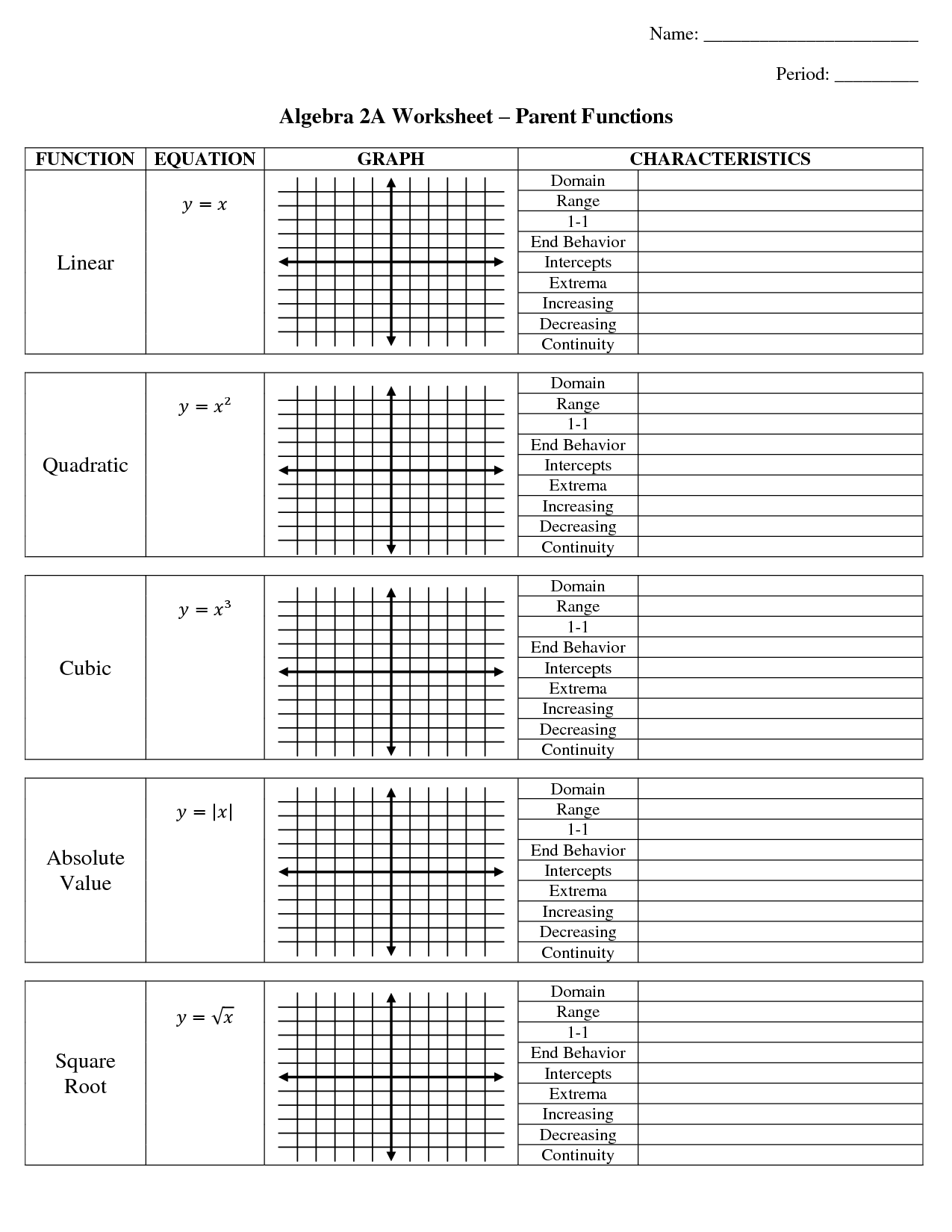




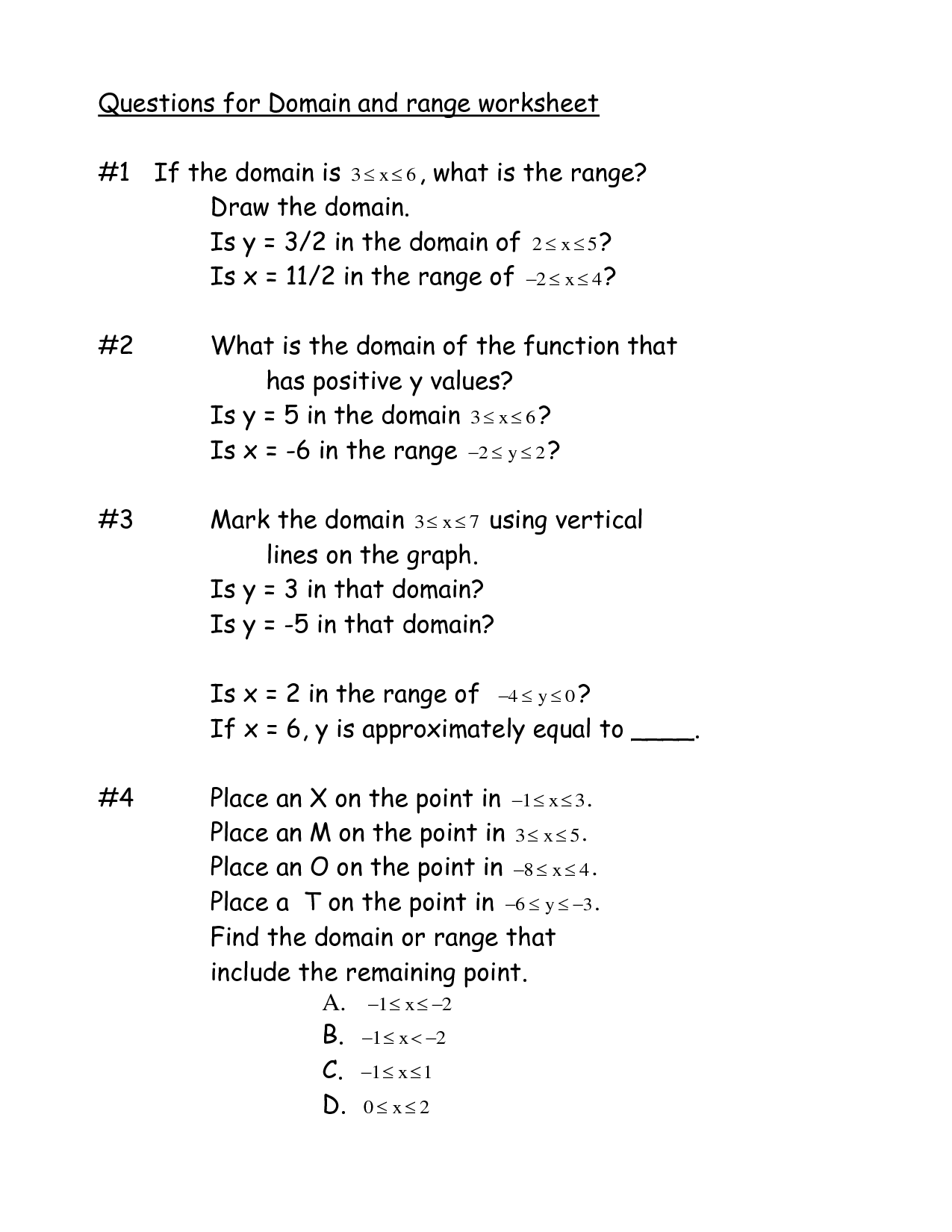
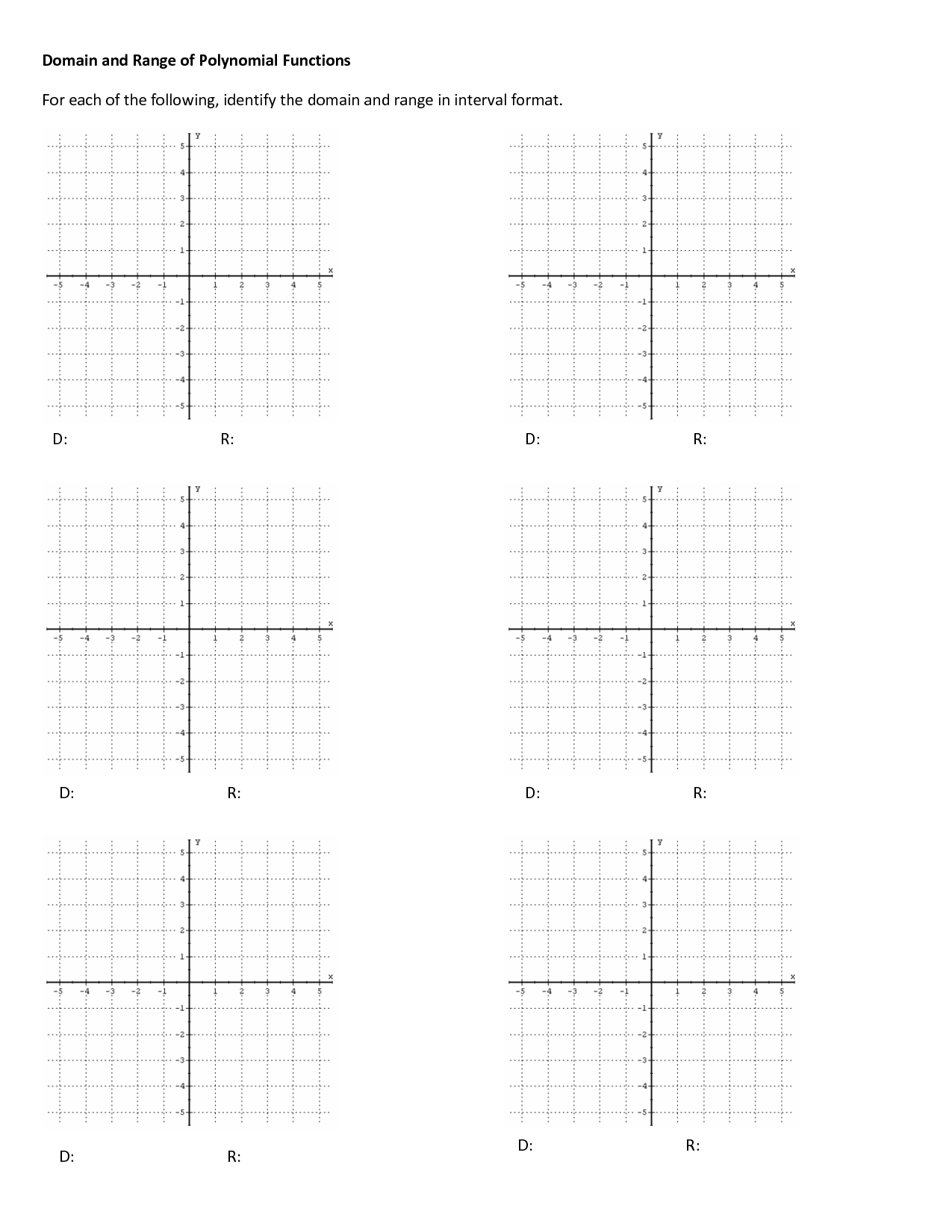

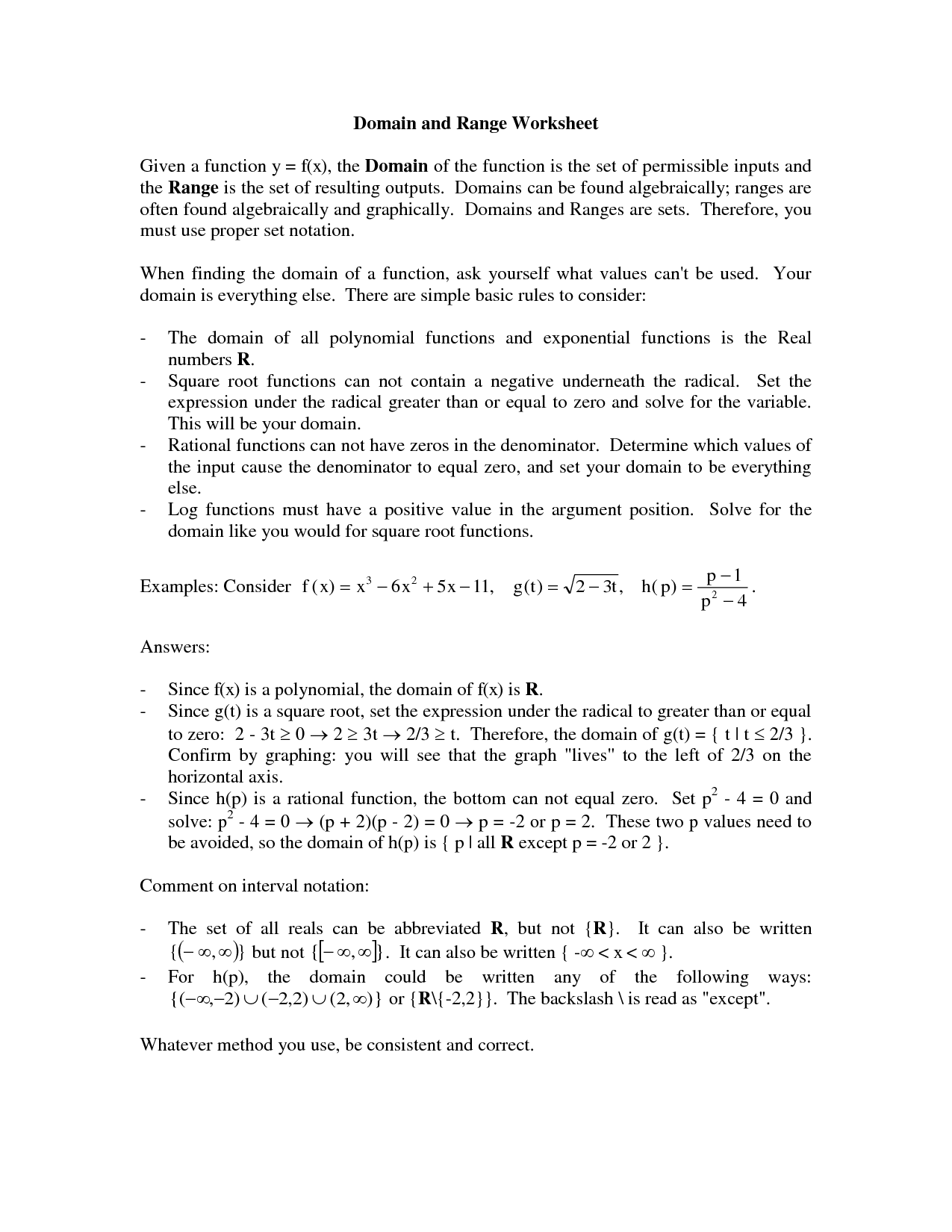
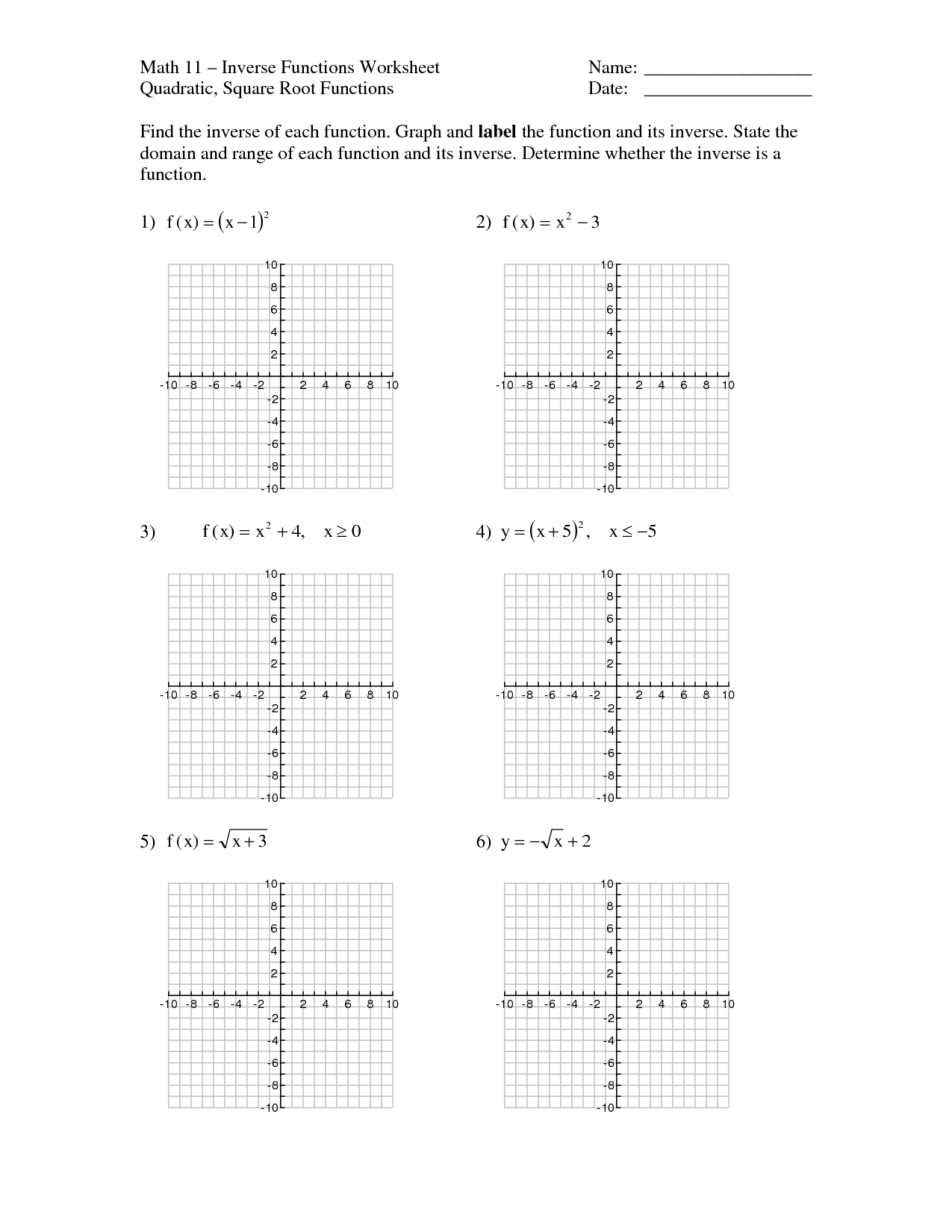
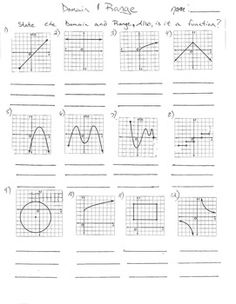
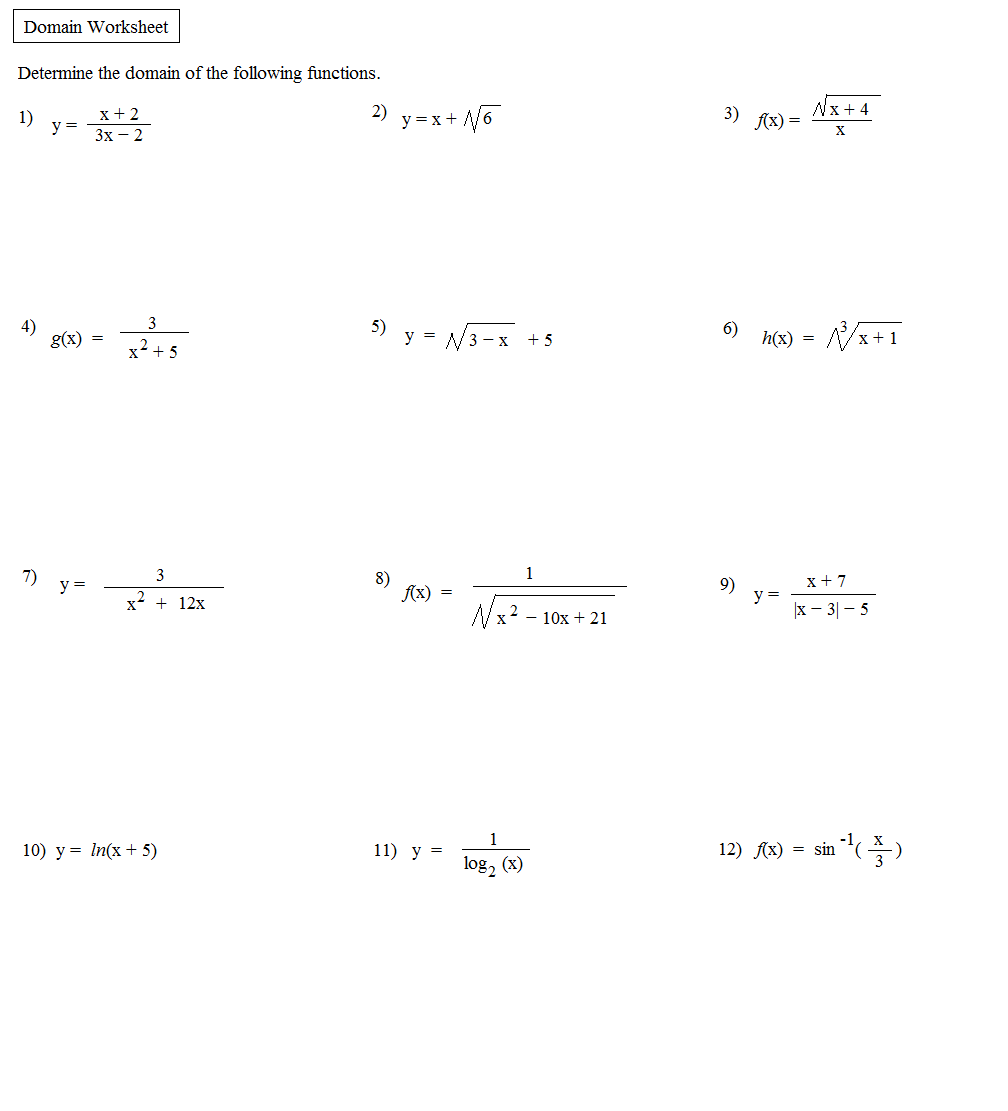
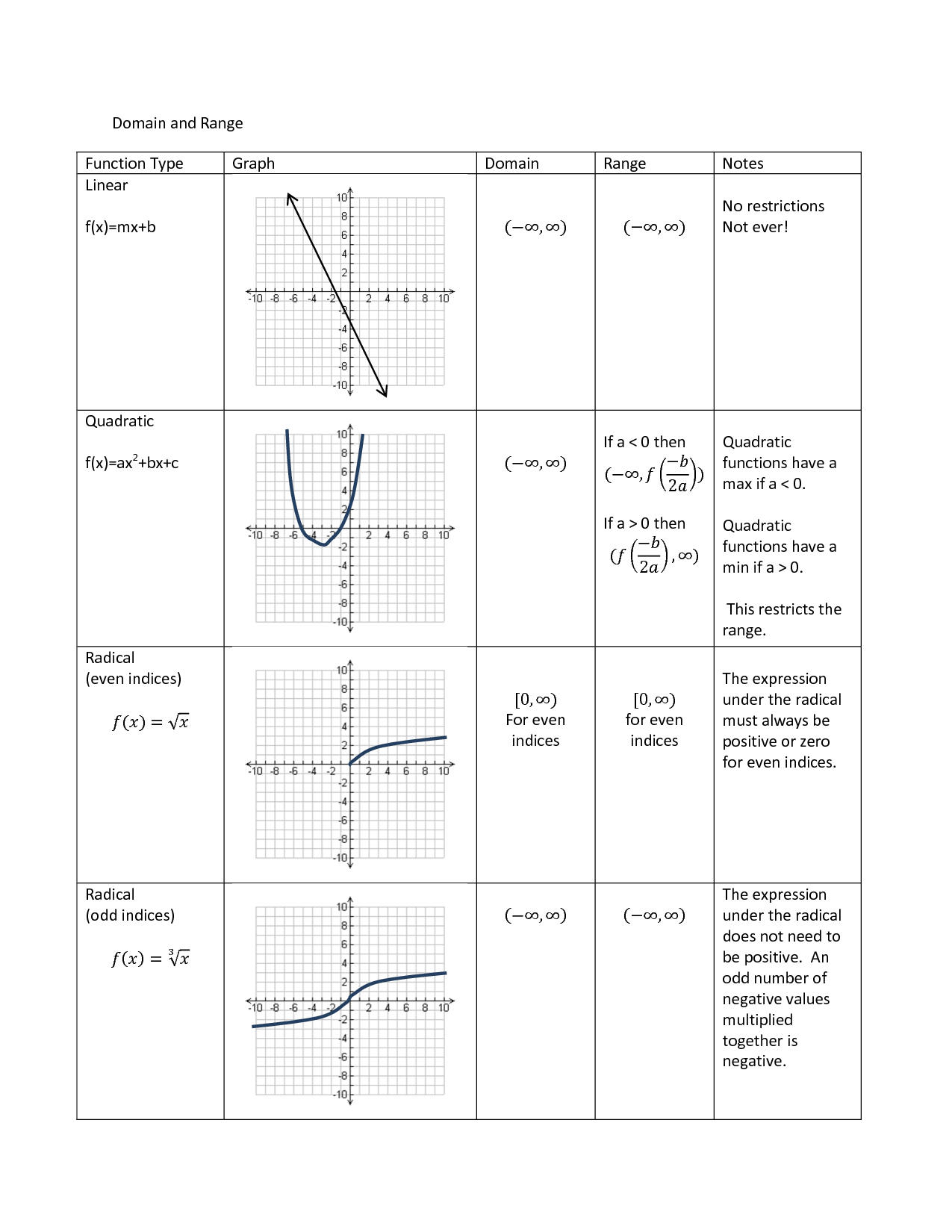
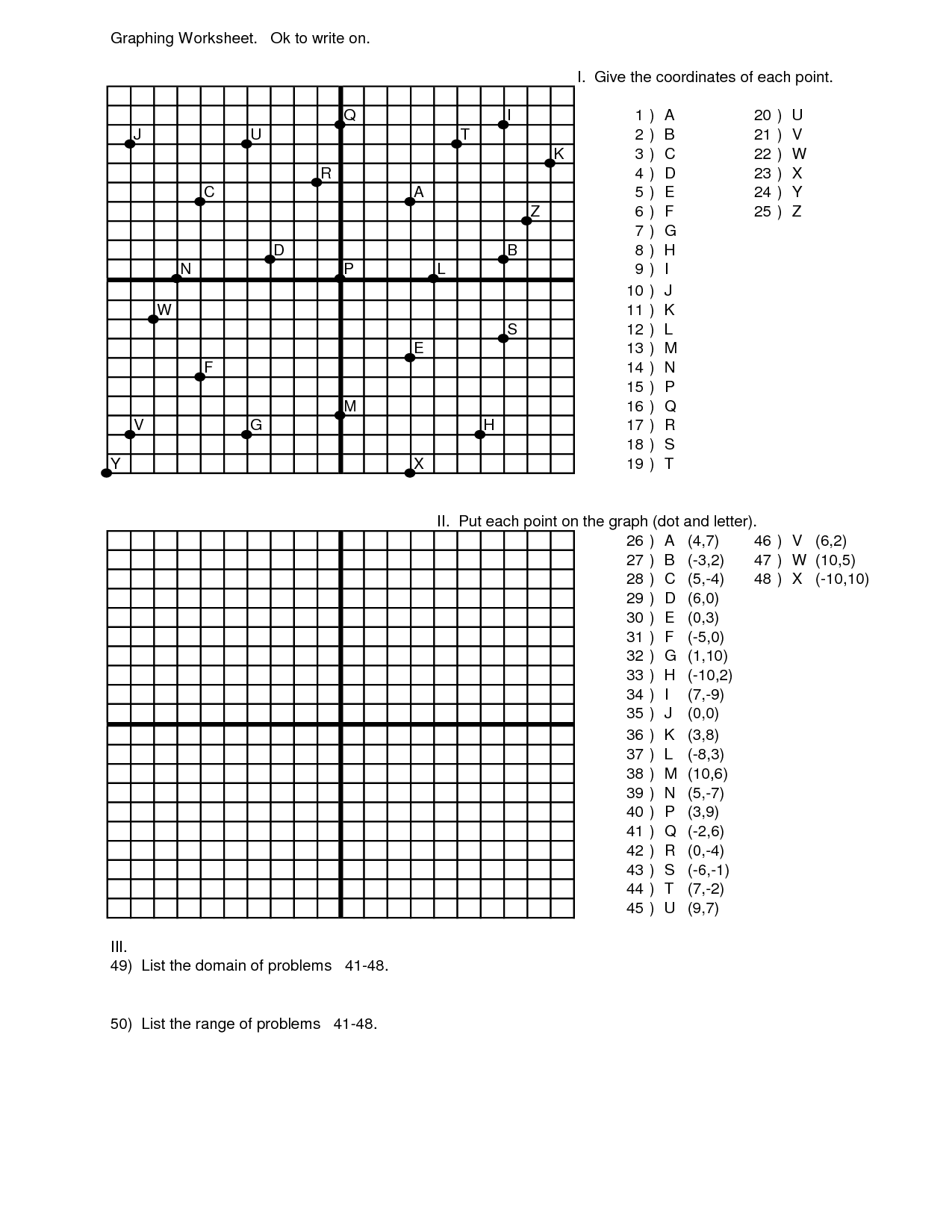
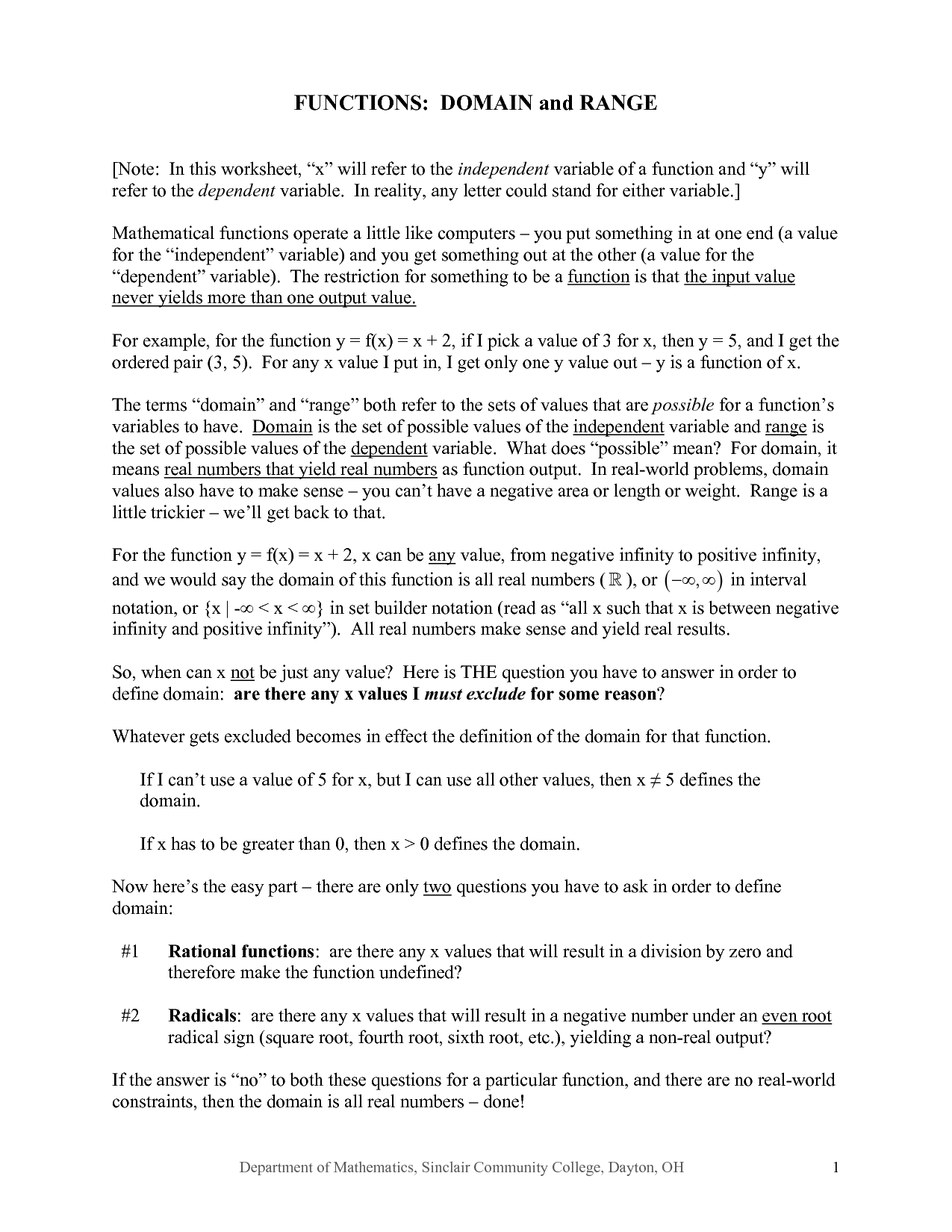
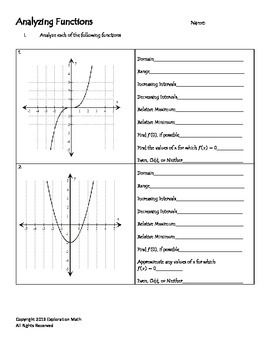














Comments